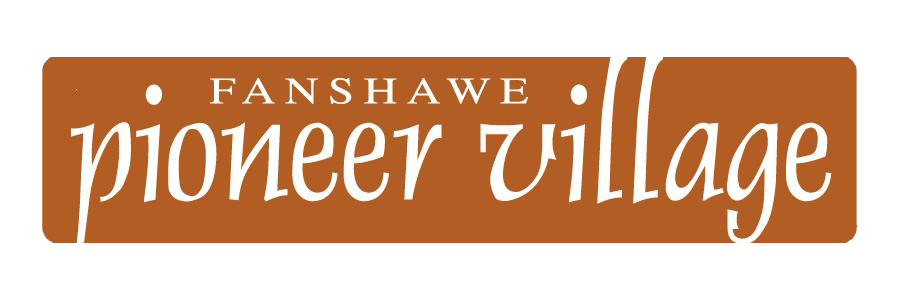Village Grounds
The grounds, heritage gardens, fruit trees, and field crops of Fanshawe Pioneer Village are maintained by a team of volunteers.
If you would like to join the team who helps keep the Village beautiful consider volunteering with us.
Caronlinan Woodland
The Carolinian Woodland Project began as a rehabilitation of the Village’s man-made pond system. Over 23 Carolinian species were planted here in order to establish a small Carolinian woodland.
Our project to preserve, protect, and restore native Carolinian flora, and increase fauna habitat, aims to educate and bring awareness of the Carolinian Life Zone. Under Canada’s Species at Risk Act the protection of wildlife is a joint responsibility involving all Canadians.
Visit the Village to learn more about this unique section of the Village.
Interested in learning more about native and non-native species and how you can help biodiversity?
Explore our collection of resources!
Supported by the Beryl Ivey Endowment for the Environment, a fund within the London Community Foundation.
Indigenous Meadow supported by the Beverly N. Baines Fund and Beryl Ivey Endowment for the Environment, both funds within the London Community Foundation.
Elgie Kitchen Garden
A kitchen garden would be an important part of any homestead, and would often be taken care of the wife and children of the family. Each season the Village plants the Three Sister’s in this garden. Indigenous peoples shared knowledge of this companion planting technique with settlers.
Caverhill Orchard
Fruit trees were an important part of any farmstead. Apples were an integral part of life for Ontario’s farmers, with apple trees being among the first trees planted as land was cleared. The Caverhill family had a large apple orchard so the Village has named our orchard of heritage apples after them.
Dr. Jones Medicinal Garden
By the early 20th century, the use of herbal medications by doctors had declined significantly but the popularity of herbal remedies lingered longer in rural and traditional populations. This garden houses a number of medicinal plants that could help with a range of common ailments.
Bishop Hedge Maze
This cedar maze was created by Rex Bishop, the first superintendent of the Upper Thames River Conservation Authority. Bishop was born and raised in England. As a boy, he had a particular fondness for wandering in the maze of yew trees at Hampton Court in Teddington, near London, England.
During his time as superintendent at the Upper Thames River Conservation Authority, Bishop wrote to Hampton Court to request a draft of the maze’s layout. From this design, Bishop began to recreate the maze at Fanshawe Pioneer Village in the spring of 1962 using privet hedges. Sadly, a very cold winter destroyed the hedges, and the following spring more hardy cedar hedges were planted instead. Those cedar hedges remain to this day as a modern replica of the maze at Hampton Court and as a tribute to Rex Bishop who contributed greatly to the early development of Fanshawe Pioneer Village.
Rea Meadow
The Rea Meadow is located on a 0.4 hectare plot adjacent to the heritage Village. It contains native meadow and tallgrass prairie plants such as Smooth Oxeye, Milkweed, Tall Ironweed and Wild Bergamot. These species thrive in open sunny conditions, and cope well with drought, disease, and insects. The Meadow provides a habitat for many species of birds, butterflies and other insects that depend on these native plants for nectar, seeds and shelter.
Project supported by the Joseph Rea Environmental Fund, a fund within London Community Foundation.







